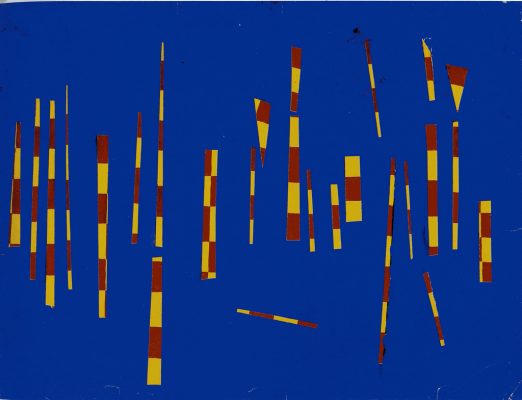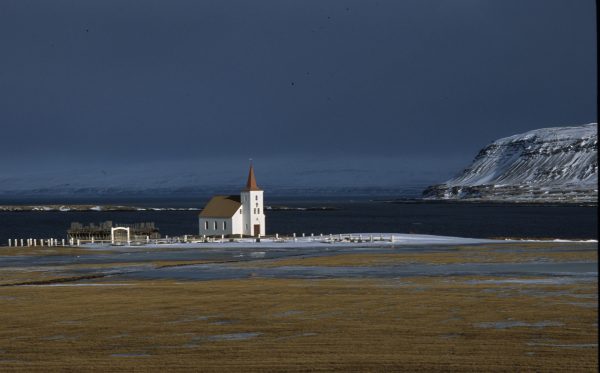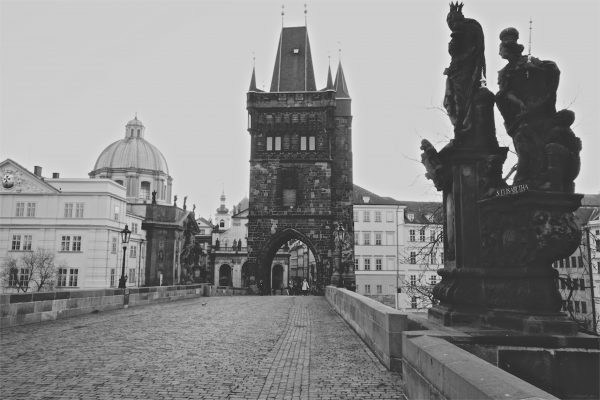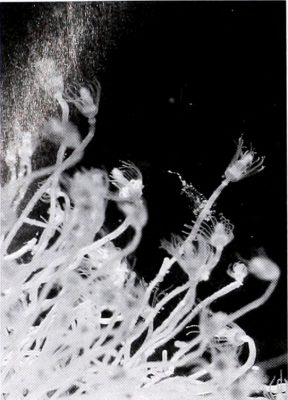AMarlene van Niekerk
— Marius and I know each other very well and it was great fun to work with him. He got the cloth out, polished the text, and then we sat together working over problems and tweaking things here and there. A lot of dictionaries were involved: we are both second-language speakers, and have to check things, but he has more experience than I do and is also theoretically trained. So it was a question in a few cases of my licence versus his strictness!
The dramatised oral version of the text of ‘The Swan Whisperer’ as inaugural lecture is actually very close to one of the main concerns of the Sneeuslaper collection: the motivation for telling a story. For me the question is always, why do I want to write, about what and especially for whom. This is not even just a question, it is a crisis: what does a white Afrikaans author in South Africa want to tell which audience and why? Language, readership, content and authority are all vehemently contested by various parties in our country today. The legitimacy of white people merely having a political opinion these days is questioned, not only by black writers, (as demonstrated earlier this year at the Franschhoek Literary Festival), but also by white philosophers like Samantha Vice. Because this is a crisis for me as a writer, I always tend, in my writing, to use over-determined narrative situations where the narrator’s ‘motivation to tell’ is situationally amplified: that is why I present the stories as an inaugural address, a report, a memorial speech, a lecture. Speaker and audience are clearly delineated, ritualised. The fictional narrators in these stories are without exception extremely anxious and must perform his or her ‘public confession’ under some form of inner or formal duress. In this way, I project the South-African authorial crisis onto the ‘crisis’ experienced by the narrators in the stories.
Of course, then, when I myself perform a story like ‘The Swan Whisperer’ as inaugural address, a delightful complication arises: I bear the same name as the narrator in the story and I stand there in person, so people do not know whether I am telling a tall story. I designed the performance of the inaugural address as an inverse operation of the so-called ‘dramatic aside’ used by actors: at a certain point they step out of the main action, break through the ‘fourth wall’ momentarily and address the audience directly and confidentially, but still in their character role. (Like Frank Underwood in House of Cards!) I do the opposite. I start by standing in front of the fourth wall as myself, addressing the audience in person, and then, as the story develops, I retreat, as imperceptibly as possible, with a poker face, into the fiction until I disappear behind the fourth wall and ‘become’ a character. One can expect all kinds of strange things to come of it.
At the actual inaugural lecture, a philosophy professor came to me afterwards and asked me quite seriously and innocently whether such a student as Kasper Olwagen – the protagonist of the story ‘Professor Van Niekerk’ tells us – really existed. He did not get it at all; the entire conceit passed right over his head. People have forgotten how to play in SA (the fucking country is too bloody heavy). That is why different forms of a hermeneutic approach to literature still dominate the Afrikaans lit crit scene. Not all critics are sensitised to what one ‘does’ (or effects) in the literary field, or how one ‘sounds’ amidst the hubbub, they only care about what one ‘means’ by a reference or an image. I suppose many of the critics are still under the spell of the exegetic allegory-mongering magic performed by the old theologians of the Dutch Reformed Church on both obscure and quite literal passages of the Bible, with equal alacrity, as long as they could send people home with an edifying ‘message’. Of course, not only are some of the critics still under the spell of these practices – some writers think of themselves as prophets. I myself would not have been able to operate without the Bible; it is a crucial part of my inherited cultural toolbox. But I tend, mostly, to use it perversely. Without the Bible and the culture of interpretation, I think I would have never come to the two stones of my literary gristmill: the millstone, a need to trust language to mean something (for instance something political); and the runner stone, a severe scepticism of language (after Nietzsche).



